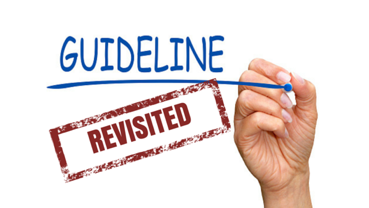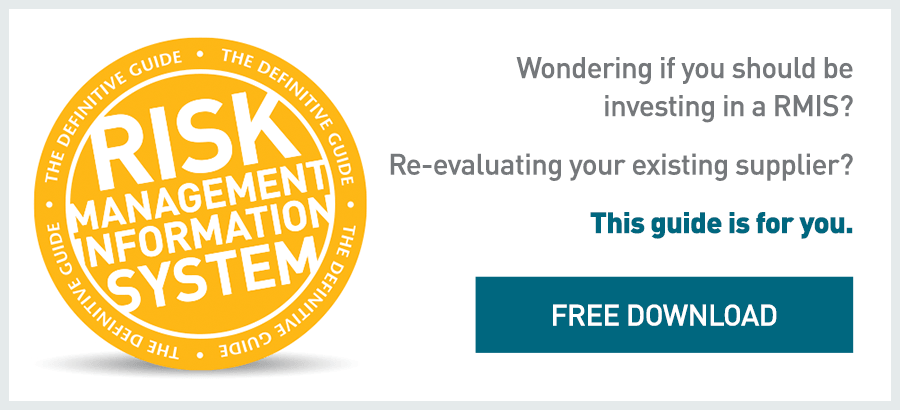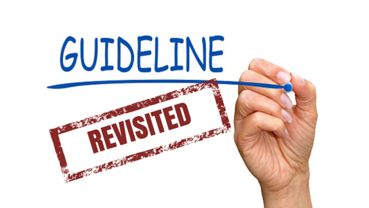
Safety plans are meant to avoid accidents that can cause further employee accidents and injuries. OSHA keeps plenty of statistics that illustrate how effective safety management plans really do help companies reduce incidents, lower costs, and even improve productivity and morale.
However, if there is one thing that we can say for sure, it is that effective safety plans don't happen by accident. They are the result of good planning and constant attention. In fact, they work best when everybody in the company is involved in the plan. Safety management needs to be part of the corporate culture from the boardroom to the shop floor.
Why You Need to Revisit Safety Regulations Every Year
Two parts of a successful safety plan include making a commitment to keeping the plan updated and making safety a normal part of the company's routine. Safety doesn't just matter during a special "Safety Week" program, but all year long and over the course of many weeks and years.
These are some of the reasons that you should make revisiting safety regulations every year part of the routine:
- Government regulations and recommendations change from year to year, so you need to make sure that your company still adheres to current guidelines.
- Technology and your company's business practices also could change frequently, so you need to examine existing rules in light of these changes.
- Finally, you can work hard to establish good habits, but these good safety habits may tend to erode over time if not reinforced by education and company culture.
What to Include When Revisiting Safety Guidelines Ever Year
These are some of the steps that will help your company reinforce its culture of safety over the long term:
- Review safety regulations every year in light of changes to the rules and changes to company operations and technology.
- Conduct annual in-house safety examinations that focus on both small and large potential violations. Even though major violations might be more dangerous, the reality is that small violations occur more frequently and are most likely to lead to frequent accidents and injuries.
- Review safety courses for the year and, at the least, plan to have yearly programs to refresh your employees' memory about existing rules, instruct them about new rules, and most of all, remind them why good safety practices matter.
- Review your company's safety management plan in light of changes and incidents from the year before.
We Make it Easier to Plan for Safety
Businesses don't plan to have accidents or violations that result in injuries and illnesses. We at Ventiv Technology are totally dedicated to helping businesses plan to avoid them. Our risk management software and safety management software helps streamline the entire safety management process, and this includes everything from getting updated regulations to offering online training classes to employees. Learn how our safety management technology can help seamlessly integrate safety into all aspects of your company.













